

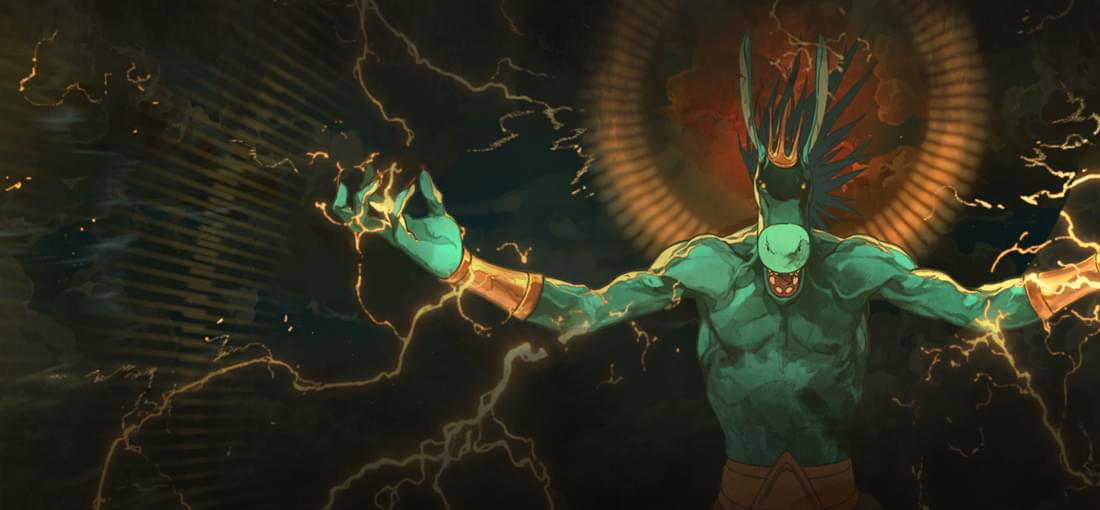
Saviorless is a "cinematic" platformer. To start with the positive aspects, the controls are rebindable, the system requirements are adequate, and the visuals are pretty. Possibly, that the checkpoints are frequent enough. The negatives are everything else - the movement, the combat, the puzzles, and the story. The movement, both in traversal and combat, is slow and unsatisfying. The main character has 2 modes - the puzzle one which cannot dash or hit and dies in a single hit and the combat one whose health depletes (replenishes on hitting obstacles or foes) over time and who cannot grab ledges. Switching between them is possible only at specific points and not at will. The puzzles are quite easy, more of a "how to kill an enemy to get the fuse without getting hit" than anything more complex, but given that the puzzle form dies in one hit, it can be somewhat challenging. In combat, it is technically possible to facetank attacks as long as you hit the foe in the process. There is 1 combo of 3 hits and nothing else. The pre-final battle and chase sequences highlight how infuriating the points above are. The final-final battle is functional if easy. Additionally, there are no difficulty options. The story has 2 lines - the one with Antar trying to reach the Smiling Isles and become a Saviour (without explaining at any point why Antar wants it or what the Smiling Isles or the Saviours are) and the other about some otherworldly beings narrating the first story (again, without explaining anything). So, there is little to no attachment to the narrative. The "good" ending is locked behind the collectibles and I did not collect them all upon finishing the game. There is level selection, but the levels are large enough and it is not possible to select a more specific checkpoint, so I have no desire to replay it to hunt for them. The playtime is 3-4 hours.
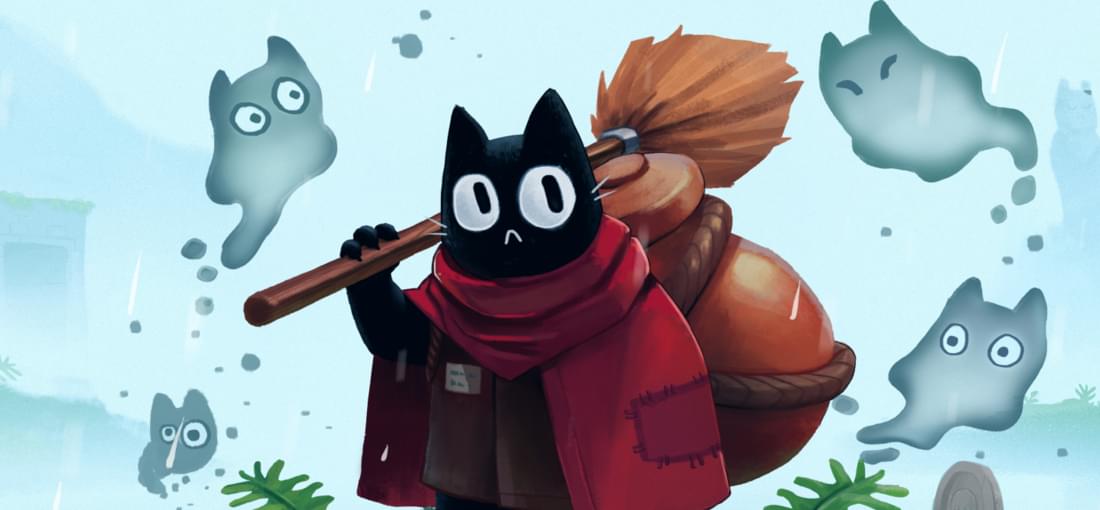
Crypt Custodian is a Metroidvania in an afterlife fantasy setting and without being tied to a specific culture (i.e. Christianity-free). If it was not clear from the store page description, the game mentions wild and companion animals dying from predators, natural disasters, accidents, habitat destruction, and mindless savages who should not have access to cars. Although it is brief, it might be upsetting. Some sub-plots include workers' rights and plagiarism. The protagonist, a regular cat ghost, transforms into an anthropomorphic cat ghost, and on a whim of a corrupt individual in a position of power is sentenced to clean the afterlife forever. As such, most of the opponents are various jars, blobs, flies (which are technically animals), and mystical entities. The main goal of the story, to gather 10 friendly ghosts, becomes clear shortly after defeating the first boss, though the post-game continuation was incredibly disappointing. In terms of exploration and map design, Crypt Custodian opens up as you gain more traversal abilities. The save points double as fast travel points and are located at a reasonable distance from each other. They are also the only way to replenish health. The critical path provides a light challenge and frequently literally - there are a lot of arenas where all foes must be defeated before proceeding. The optional challenges, such as curses, can be more difficult and there are a few clever puzzles. The bosses are both challenging and diverse, with some bullet-hell-like sequences. All of them are mandatory to defeat, though the order may vary. The bosses are connected to the locations in terms of story and the battles consist of 2 stages, with the difficulty usually increasing (it decreased in 2 due to the easier attack patterns). The controls are very comfortable and rebindable. The game auto-saves on exit, though offers only one slot per playthrough and 3 in total. While there is a Boss Rush mode, an external file manager is necessary to replay the battles with the exact upgrades. There are difficulty options and accessibility settings (including the timed trials). There are 2 in-game options (paid markers and an ability) to have the missed collectibles revealed on the map. There is only one post-game timed challenge with unadjustable difficulty and relying on good reaction time. The system requirements are reasonable and I have not encountered any bugs. My playthrough to 99% took about 15 hours. The visual style is consistent and appealing, with the interactive objects and projectiles clearly visible. The audio design is generally good if unremarkable, though I did turn the music off for several boss battles. Overall, it is a good-looking and accessible Metroidvania, despite also being generic and somewhat depressing.

I'd like to preface that I received Leap of Love for free, as a part of the Freedom to Buy campaign. Leap of Love is a mix of a visual novel and a stat-raising sim. The protagonist is a frog-turned-human who is trying to marry a princess to remain a human. There are several storylines to follow and characters to engage in sexual activity with (GOG blocks posting with the 4-letter word). The only positive aspects are the reasonable length of the game (I would have dropped it if it were longer), the ability to save at any point, and I have not noticed any bugs. I suppose, an anti-semitic caricature for the first NPC should have tipped me off, but, to my deep regret, I proceeded. The art, be it sprites or CGs, is uninspired, unskilled, does not match the text descriptions, and generally unpleasant to look at. The writing is painful to read and the text is filled with typos. The ability to acquire story-relevant items seems to be almost random. Thus, I kept both my hands firmly on the desk. The game was not worth my time, let alone the asking price.
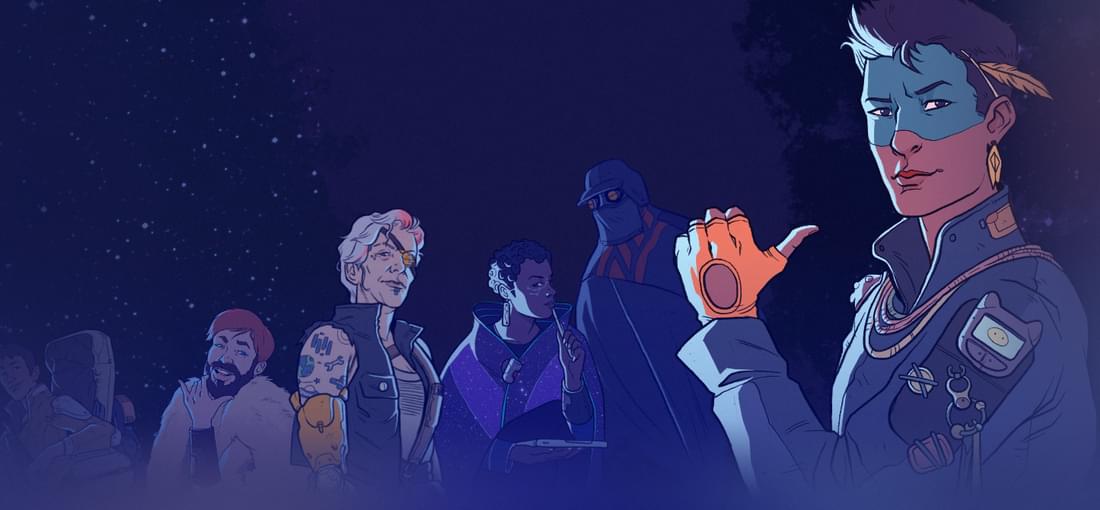
A Long Journey to an Uncertain End is a visual novel, a simple management game, and a road trip story in a sci-fi setting. You play as a sentient AI ship running from both an abusive relationship with a human and the law. As the story progresses, there are opportunities to recruit more crew members who can be recognised by their high-quality sprites. The management part is fairly easy on the default difficulty, with the fuel, supplies, crew’s morale, and, most importantly, time being the only resources. The crew members can be sent to various jobs on the planets visited. Aside from the main story ones, the jobs felt pretty random and largely meaningless. There are 2-3 options on how to proceed during a job and usually the one that requires a skill check is the better one. The Game Over timer is ever-present and not possible to stop completely, which can be stressful, though it has never run out for me. While the setting is more or less established, there are not particularly many opportunities to interact with the crew nor do they have any side quests after the initial recruitment. It is possible to talk to them and switch between 2 very good-looking skins. The avatar, on the other hand, is significantly more customisable (including the body type but not the ship body), though the result looks a bit worse than the companions. There are dialogue options, but most of them did not feel significant to me up until the ending. The system requirements are reasonable, the settings are very limited (as the game uses mostly the mouse). The game supports the single auto-save system (+1 manual save per playthrough), so a file management system is required for the save file management. The visual and sound design are outstanding. Recommended on sale.
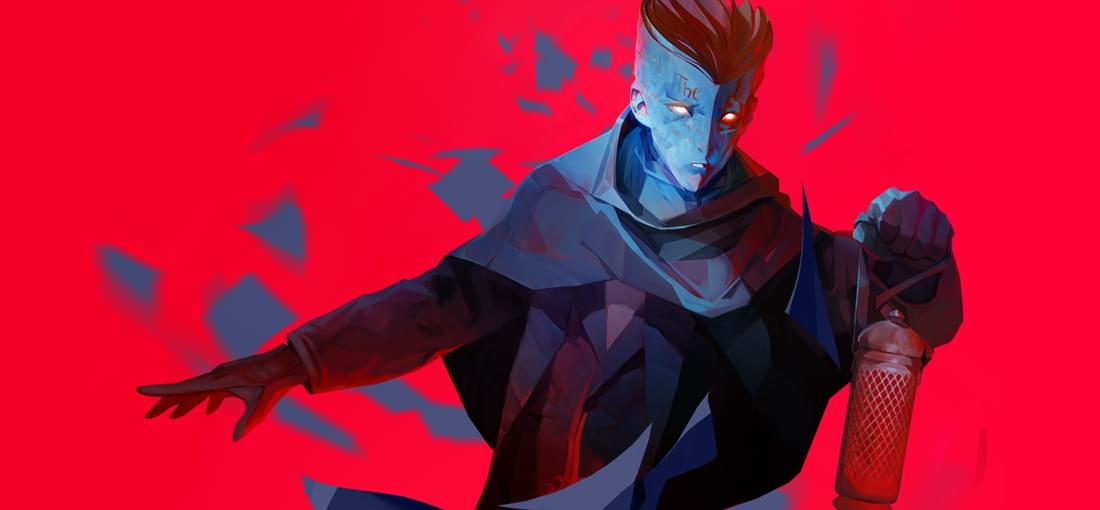
I’d like to start with that I have not finished the game and unlikely to do so. It is a half-arsed point-and-click adventure game. Every aspect of it is made poorly, from the 1-option dialogues to puzzles to settings (none). Even saving - the game has 1 auto-rewriting slot. The accessibility options are non-existent as well - the fonts cannot be adjusted, the controls cannot be rebound or even shown, and it is not possible to highlight the interactive objects on the screen while you need to vacuum everything to find the next quest item. The protagonist and the sidekick yap relentlessly and not helpfully, with the former purposefully and automatically making bad choices (e.g. responding with “No spoilers” when the sidekick offers information). There is technically a turn-based combat system and it includes only a very few abilities and no positioning. The game is VA-free and the visual style is appealing, though the technical aspects, again, are lacking. There are FPS drops in some sections and no graphical settings. The space required (11.9GB) seems too high for the game. I would have refunded it if I could.
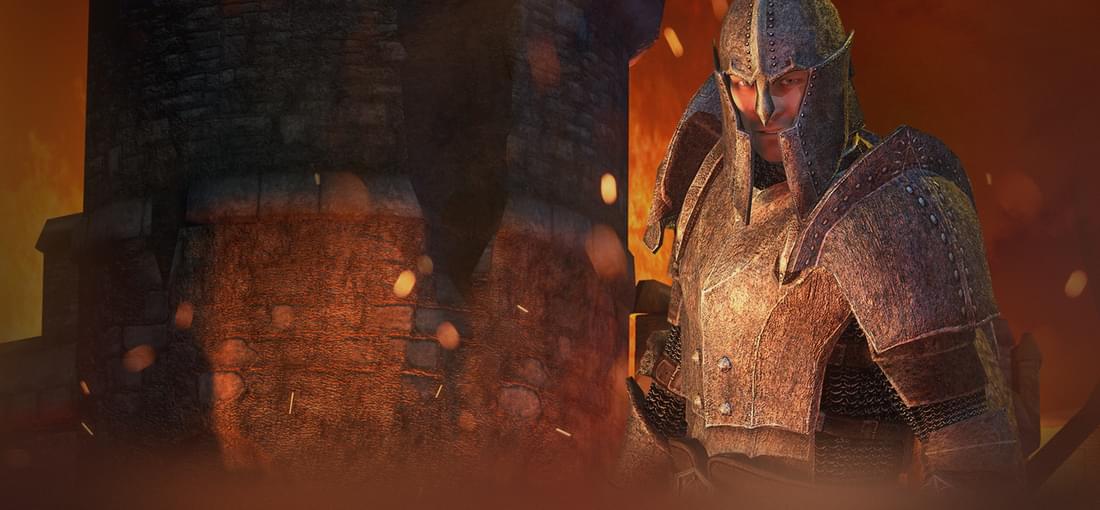
The Elder Scrolls IV: Oblivion is a first-person action RPG in a fantasy setting. It is not a good action game and it is not a good RPG, however this collection of shallow and junky systems coalesces into a mostly enjoyable experience of a living fantasy world, especially with a few mods on top. There are character creation (including class), some dialogue options (mostly “Quest?” and questions; the relationships with NPCs are controlled by a mini-game), combat and stealth systems (lockpicking is another mini-game), alchemy and spell crafting, dungeons and open world. The junk is noticeable from the start, with the starting stats being bound to the gender and all appearances, except the lizard folk being unpleasant to look at. There are also no facial hair options for anyone, except the Daedric Prince of Madness. As mentioned, the dialogue options are almost non-existent, and the ones that are not questions could as well be “Continue”. There are a few exceptions, but not many. Given that the game starts with the Emperor’s death, there are very few interactions between the factions, be it guilds or the nobles, while the PC can become the head of all guilds on the same playthrough. The combat is present and there is a lot of it, but the melee never felt anyhow satisfying or enjoyable, with the poor third-person camera not helping. Considering that the world and its inhabitants level with the PC, the immersion decreases rapidly. The overall level design is adequate, except the dungeons and some indoor spaces - the first are very labyrinthine and in no way, shape or form functional. I suppose, I appreciate the novelty of not being the Chosen one of the main story, but a sidekick. The actual Chosen one is a decent person who goes through their own personal development over the course of the story. There are no options to affect or change it. The controls are rebindable and comfortable and 5-button mice are supported. There are several saving options.
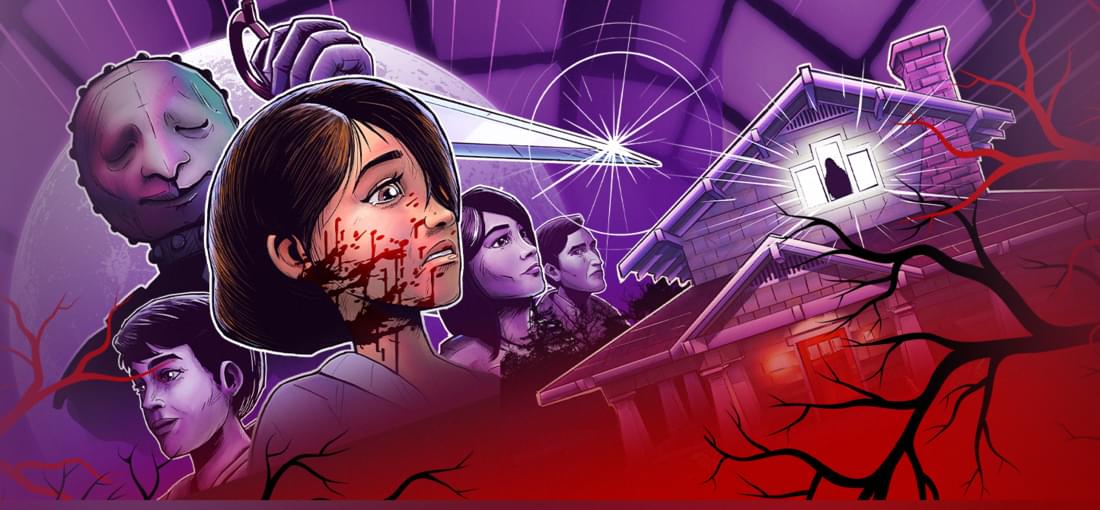
Homebody is a puzzle horror game in the modern setting with a time loop - each time the protagonist dies, the evening restarts from entering the house, which the group of friends rented for their trip. It is also a remarkably accurate representation of social anxiety. The house is a closed system with a specific schedule and everything needed already being there. The puzzles are logical and reasonably straight-forward and there is an optional hint system. The dialogues are well-written with several options and can provide hints for the puzzles as well along with more background story. The relationship progress persists between the loops and most of the puzzles are not random (I think, there is only one exception). The graphics are expressive and easy to read and use the PS1-style aesthetics. The music and sound design are fitting and build the atmosphere and suspense. The game is VA-free, allowing a smaller size and requiring less processing power. The controls are comfortable and rebindable, offering both keyboard and mouse controls. The game uses auto-saving into a single slot, with 3 slots total, meaning that one has to utilise their file management system should they want to have hard manual saves. Considering that the cut-scenes are not repeatable, while the difficulty increases as the game progresses, the lack of manual saving is unpleasant. Additionally, upon continuing the game, the player always starts from a new loop, with the position in the previous loop lost. While the loops are short and the memories are saved, it is still undesirable. I am also unsure whether interpersonal interactions should be considered universally better than seclusion. Each person is different and what works for the extroverted neurotypicals can be extremely uncomfortable for a neurodivergent person (see the gamers during the 2020 lockdown meme). The social systems were built by and for extroverts and must change to accommodate everyone, not only them.
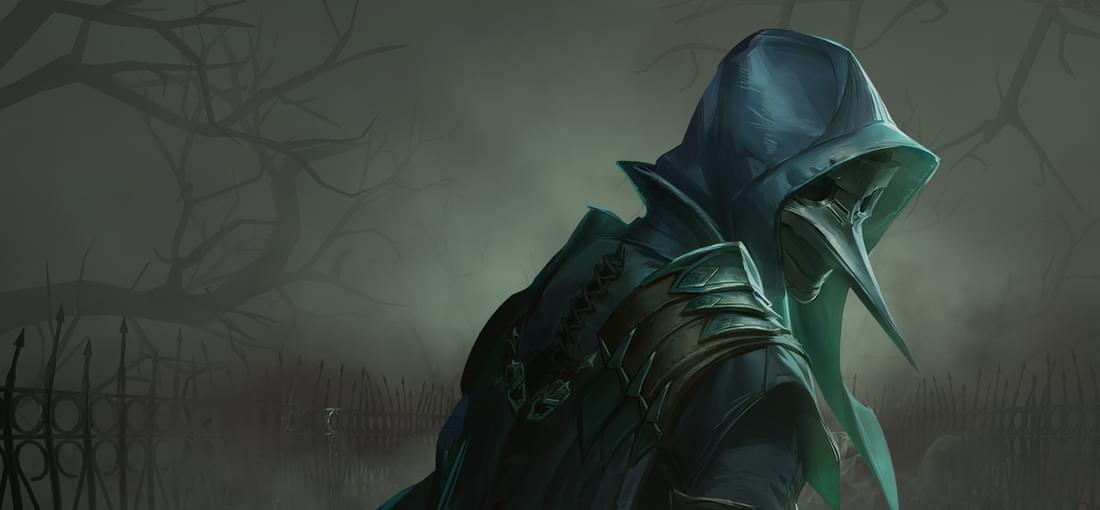
Thymesia is an action game with Souls-like elements in a dark fantasy setting. To start with, the positive aspects: - The controls are fully rebindable, the 5-button mice are supported - There are checkpoints very close to the bosses and mini-bosses, there is no fall damage, the talent respec is always available - The bosses are diverse, the length of a playthrough is reasonable (11 hours for me), the levels are possible to replay, the requirements to reach the endings are clear, and the loot type is shown by the colour (so you can decide whether the item is worth picking) - The game is VA-free (much appreciated during the boss battles) and the music is fitting and unobtrusive The negatives: - The stamina-/posture-unrestricted combat and continuously regenerating foes (the white armour-Wounds recover to the green Health level after a short delay) encourage aggression and precision, but the interruptions and parry timings are unreliable, the feedback for the successful parries is the absence of numbers above the protagonist’s head (i.e. no other visual or audio cues), the animations for the attacks and parries are very similar, and the hitboxes are odd - Very low build variety and no character customisation. The summonable Plague weapons have very situational uses (e.g. the Bow for the final boss) - Very odd balance - the first main boss, Odur, and a random halberd-wielder are the most challenging foes. The regular enemies and most mini-bosses on the level are ridiculously easy, while the bosses further on are just easier due to the higher familiarity with the systems and the character’s level - The locations are few and the optional objectives are not interesting. There is very little reason to explore, as the loot consists mostly of lore bits and small XP batches. The traversal abilities are non-existent as well - the MC cannot jump over even fences (can destroy barrels by dashing); there are a lot of invisible walls - The story is inconsistent and not engaging
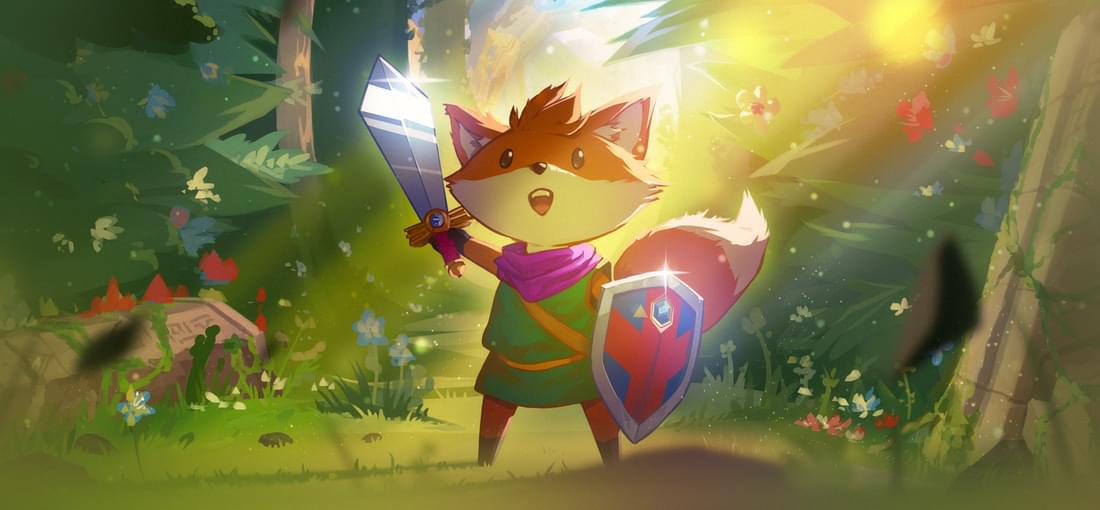
Tunic is an excellent action game and also an adventure-puzzle game, with the latter being optional to finish the game, but necessary to complete it and understand the story. The setting is both fantasy and post-apocalypse, despite the colourful cartoon-like visual style. The world offers engaging exploration and a lot of secrets to discover, even on the main path. The fixed isometric camera is among the tools used to hide the rewards. Some things are completely optional (e.g. the golden treasures), some affect the story, and some affect the other aspects of gameplay. As one progresses through the world, there are pages of the in-game game manual scattered around. It is a brilliant addition, both reminding of the old physical media and providing crucial plot details and gameplay systems. Another part of the manual is one of the main, though optional, aspects of the game - the manual is not fully in English, but in an in-universe language, with the translation possible as more information is discovered. The optional puzzle system is reasonably straightforward, increasing in difficulty quite gradually. The combat is functional, with very few weapons and combinations. The variety of foes is quite decent and there are several diverse and challenging bosses. The character development system is present and bound to the exploration. The visual customisation options can be accessed quite early (if one knows where to look). The keyboard controls are fully rebindable. There are several accessibility settings that offer a more approachable experience. The game auto-saves frequently, with the protagonist respawning at the checkpoint statues. The visual style is minimalistic, expressive, and easy to read. The 3D models and animations are very well done, while the 2D art is absolutely delightful. The music is present and generally fitting, though not memorable. The system requirements are very reasonable and the game is VA-free.